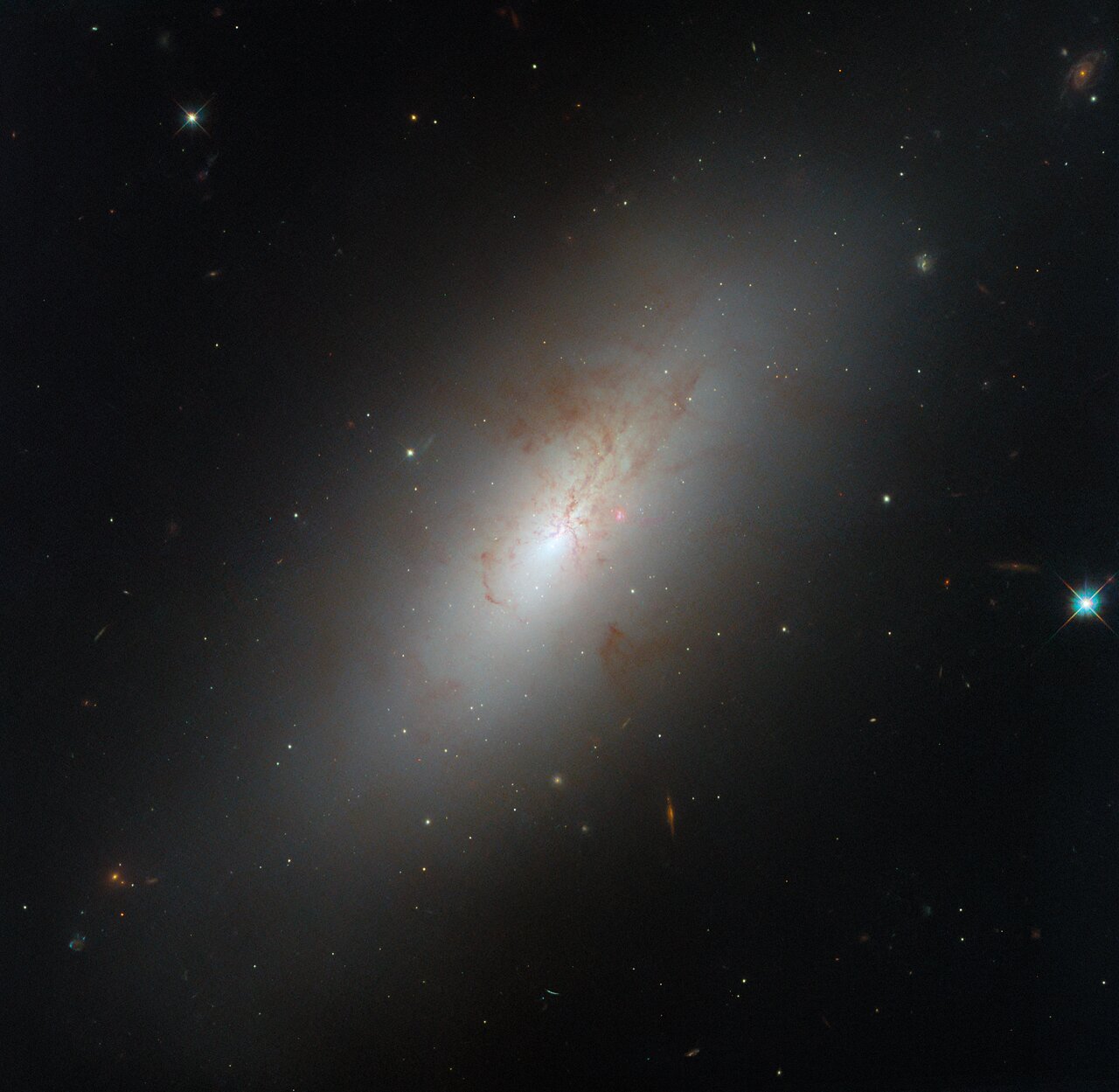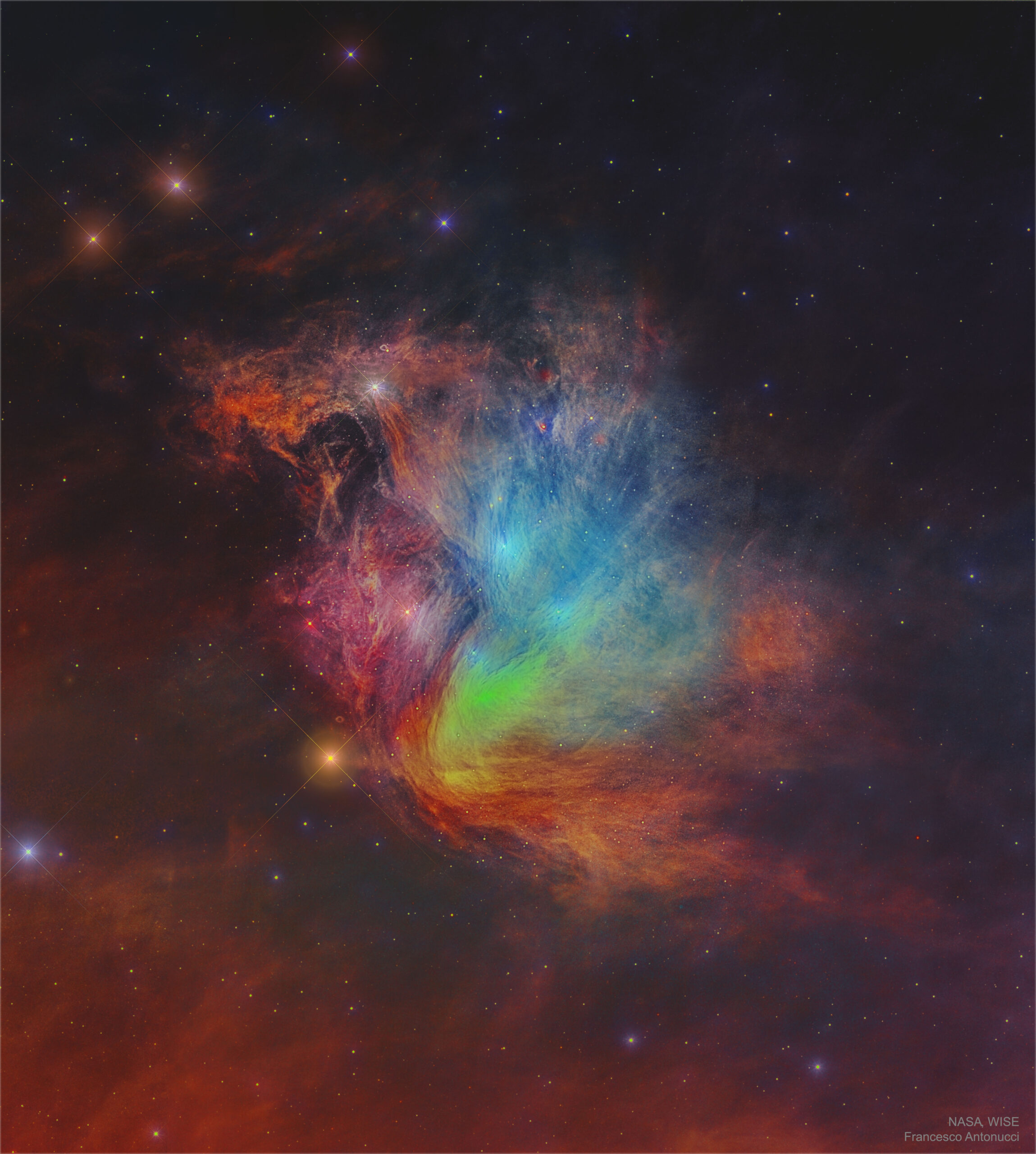Blog
Marc Bolan (born Mark Feld; 30 September 1947 – 16 September 1977) was an English guitarist, singer-songwriter and poet. He was a pioneer of the glam rock movement in the early 1970s with his band T. Rex. Bolan strongly influenced artists of many genres, including glam rock, punk, post-punk, new wave, indie rock, Britpop and alternative rock. He was posthumously inducted into the Rock and Roll Hall of Fame in 2020 as a member of T. Rex.
In the late 1960s, he rose to fame as the founder and leader of the psychedelic folkband Tyrannosaurus Rex, with whom he released four critically acclaimed albums and had one minor hit “Debora”. Bolan had started as an acoustic singer-writer before heading into electric music prior to the recording of T. Rex’s first single “Ride a White Swan” which went to number two in the UK singles chart. From 1970 to 1973, T. Rex encountered a popularity in the UK comparable to that of the Beatles, with a run of eleven top ten singles, four of which reached number one: “Hot Love“, “Get It On“, “Telegram Sam” and “Metal Guru“. The 1971 album Electric Warrior, with all songs written by Bolan, received critical acclaim, reached number 1 in the UK and became a landmark album in glam rock. From 1973, he started marrying rock with other influences, including funk, soul, gospel, disco and R&B.
Bolan died in a car crash in 1977. A memorial stone and bust of Bolan, Marc Bolan’s Rock Shrine, was unveiled at the site where he died in Barnes, London. His musical influence as guitarist and songwriter was profound; he inspired many later acts over the following decades. Bolan’s March 1971 appearance on the BBC’s music show Top of the Pops, wearing glitter on his face, performing the UK chart topper “Hot Love” is cited as the start of the glam rock movement.
Music critic Ken Barnes called Bolan “the man who started it all”. The 1971 album Electric Warrior has been described by AllMusic as “the album that essentially kick-started the UK glam rock craze.” Producer Tony Visconti, who worked with Bolan during his heyday, stated: “What I saw in Marc Bolan had nothing to do with strings, or very high standards of artistry; what I saw in him was raw talent. I saw genius. I saw a potential rock star in Marc – right from the minute, the hour I met him.”
more...Most galaxies we are familiar with fall into one of two easily-identified types. Spiral galaxies are young and energetic, filled with the gas needed to form new stars and sporting spiral arms hosting hot, bright stars. Elliptical galaxies have a much more pedestrian look, their light coming from a uniform population of older and redder stars. But other galaxies require in-depth study to understand: such is the case with NGC 4694, a galaxy located 54 million light-years from Earth in the Virgo galaxy cluster, and the subject of this Hubble Picture of the Week.
NGC 4694 has a smooth-looking, armless disc which — like an elliptical galaxy — is nearly devoid of star formation. However its stellar population is still relatively young and new stars are still actively forming in its core, powering the brightness we can see in this image and giving it a markedly different stellar profile from that of a classic elliptical galaxy. The galaxy is also suffused by the kinds of gas and dust normally seen in a young and sprightly spiral; elliptical galaxies often do host significant quantities of dust, but not the gas needed to form new stars. NGC 4694 is surrounded by a huge cloud of invisible hydrogen gas, fuel for star formation. This stellar activity is the reason for Hubble’s observations here.
As this Hubble image shows, the dust in this galaxy forms chaotic structures that indicate some kind of disturbance. It turns out that the cloud of hydrogen gas around NGC 4694 forms a long bridge to a nearby, faint dwarf galaxy named VCC 2062. The two galaxies have undergone a violent collision, and the larger NGC 4694 is accreting gas from the smaller galaxy. Based on its peculiar shape and its star-forming activity, NGC 4694 has been classified as a lenticular galaxy: lacking the unmistakable arms of a spiral, but not so bereft of gas as an elliptical galaxy, and still with a galactic bulge and disc. Some galaxies just aren’t so easy to classify as one type or the other!

Franklin Joseph Lymon (September 30, 1942 – February 27, 1968) was an American rock and roll/rhythm and blues singer and songwriter, best known as the boy soprano lead singer of the New York City-based early rock and roll doo-wop group The Teenagers. The group was composed of five boys, all in their early to mid-teens. The original lineup of The Teenagers, an integrated group, included three African-American members, Lymon, Jimmy Merchant, and Sherman Garnes; and two Puerto Ricanmembers, Joe Negroni and Herman Santiago. The Teenagers’ first single, 1956’s “Why Do Fools Fall in Love“, was also their biggest hit. After Lymon went solo in mid-1957, both his career and that of The Teenagers fell into decline. In 1968, Lymon was found dead at the age of 25 on the floor of his grandmother’s bathroom from a heroinoverdose. Lymon was posthumously inducted into the Rock and Roll Hall of Fame in 1993 as a member of the Teenagers. His life was dramatized in the 1998 film Why Do Fools Fall in Love.
more...Patrice Louise Rushen (born September 30, 1954) is American jazz pianist, R&B singer, record producer, multi-instrumentalist, songwriter, and music director.
At the 25th Annual Grammy Awards, her 1982 single, “Forget Me Nots“, received a nomination for Best Female R&B Vocal Performance, while her instrumental song, “Number One” was nominated Best R&B Instrumental; both songs were from her seventh studio album, Straight from the Heart (1982).
Since 2008, Rushen has served as an ambassador for artistry in education at the Berklee College of Music, and the chair of the popular music program at the USC Thornton School of Music since 2014.
more...
Oscar Pettiford (September 30, 1922 – September 8, 1960) was an American jazzdouble bassist and composer. He was one of the earliest musicians to work in the bebop idiom.
Jazz bassist Christian McBride called Pettiford “probably the most important bass player of that bebop generation in terms of creating new language for the bass.” Jamela Pettiford, a singer in St. Paul, Minnesota, and a descendant of the Pettiford family, told Minnesota Public Radio in 2022 that the Pettiford family band traveled itinerantly for a time as road musicians before settling in north Minneapolis. Pettiford died in 1960 in Copenhagen, shortly before his 38th birthday, from a virus closely related to polio.
more...Bernard “Buddy” Rich (September 30, 1917 – April 2, 1987) was an American jazzdrummer, songwriter, conductor, and bandleader. He is considered one of the most influential drummers of all time.
Rich was born and raised in Brooklyn, New York, United States. He discovered his affinity for jazz music at a young age and began drumming at the age of two. He began playing jazz in 1937, working with acts such as Bunny Berigan, Artie Shaw, Tommy Dorsey, Count Basie, and Harry James. From 1942 to 1944, Rich served in the U.S. Marines. From 1945 to 1948, he led the Buddy Rich Orchestra. In 1966, he recorded a big-band style arrangement of songs from West Side Story. He found lasting success in 1966 with the formation of the Buddy Rich Big Band, also billed as the Buddy Rich Band and The Big Band Machine.
Rich was known for his virtuoso technique, power, and speed. He was an advocate of the traditional grip, though he occasionally used matched grip when playing the toms. Despite his commercial success and musical talent, Rich never learned how to read sheet music, preferring to listen to the drum parts played in rehearsal by whomever was his drum roadie at the time and relying on his uncanny photographic memory. In early March 1987, he was touring in New York when he was hospitalized after suffering a paralysis on his left side that physicians believed had been caused by a stroke. He was transferred to California to UCLA Medical Center in Los Angeles for tests, where doctors discovered and removed a brain tumor on March 16. He was discharged a week later, but continued to receive daily chemotherapy treatments at the hospital. On April 2, 1987, he died of unexpected respiratory and cardiac failure after a treatment related to the malignant brain tumor.
more...Known for its iconic blue stars, the Pleiades is shown here in infrared light where the surrounding dust outshines the stars. Here, three infrared colors have been mapped into visual colors (R=24, G=12, B=4.6 microns). The base images were taken by NASA’s orbiting Wide Field Infrared Survey Explorer (WISE) spacecraft. Cataloged as M45 and nicknamed the Seven Sisters, the Pleiades star cluster is by chance situated in a passing dust cloud. The light and winds from the massive Pleiades stars preferentially repel smaller dust particles, causing the dust to become stratified into filaments, as seen. The featured image spans about 20 light years at the distance of the Pleiades, which lies about 450 light years distant toward the constellation of the Bull (Taurus).

September 29th 1941-May 15th 1995
Perry Lederman, who died May 15 at his home in Woods Hole, Massachusetts, after a long battle with cancer, was one of the little-known legends of the folk revival. Born in Brooklyn, NY, he was inspired to learn guitar after seeing Tom Paley playing in Washington Square Park and quickly became one of the foremost fingerstyle players in the city, exploring and reviving traditional styles in the company of friends like Danny Kalb and Roy Berkeley. He was also a peerless seeker-out of vintage ¾-size Martin guitars, which he continued to favor throughout his life.
Perry continued to play during a brief college stint in Ann Arbor, Michigan, then moved to Berkeley, California, where he became a leading folk performer in partnership with writer and poet Al Young. His playing, notable for its passion and imagination, and an astonishing, controlled vibrato, was a major influence on later West Coast players like John Fahey and frequent housemate and jamming partner Michael Bloomfield. It was during this period that he made his only issued recording, on a Bay Area sampler for the Arhoolie label. More interested in the music itself than in commercial success, Perry put the guitar aside just as his West Coast followers began to receive national attention, preferring to spend eight years studying sarod as a student and friend of Indian master Ali Akbar Khan.
more...Roy Sinclair Campbell Jr. (September 29, 1952 – January 9, 2014) was an American trumpeter frequently linked to free jazz, although he also performed rhythm and bluesand funk during his career.
Born in Los Angeles, California, in 1952, Campbell was raised in New York City. At the age of fifteen, he began learning to play trumpet and soon studied at the Jazz Mobile program along with Kenny Dorham, Lee Morgan and Joe Newman.Throughout the 1960s, still unacquainted with the avant-garde movement, Campbell performed in the big bands of the Manhattan Community College. From the 1970s onwards, he performed primarily within the context of free jazz, spending some of this period studying with Yusef Lateef. Campbell composed the film music for the documentary Survival in New York (1989) by Rosa von Praunheim.
In the early 1990s, Campbell moved to the Netherlands and performed regularly with Klaas Hekman and Don Cherry. In addition to leading his own groups, he performed with Yo La Tengo, William Parker, Peter Brötzmann, Matthew Shipp, and other improvisors. Upon returning to the United States he began leading his group Other Dimensions In Music and also formed the Pyramid Trio, a pianoless trio formed with William Parker.
He died in January 2014 of hypertensive atherosclerotic cardiovascular disease at the age of 61.
more...Jean-Luc Ponty (born 29 September 1942) is a French jazz and jazz fusion violinist and composer. Ponty was born into a family of classical musicians in Avranches, France. His father taught violin, his mother taught piano. At sixteen, he was admitted to the Conservatoire National Supérieur de Musique de Paris, graduating two years later with the institution’s highest honor, Premier Prix (first prize). He was hired by the Orchestre Lamoureux in which he played for three years.
While still a member of the orchestra in Paris, Ponty picked up a side job playing clarinet (which his father had taught him) for a college jazz band that regularly performed at local parties. It proved life-changing. A growing interest in Miles Davis and John Coltrane compelled him to take up tenor saxophone. One night after an orchestra concert, and still wearing his tuxedo, Ponty found himself at a local club with only his violin. Within four years, he was widely accepted as the leading figure in “jazz fiddle”.
At that time, Ponty was leading a dual musical life: rehearsing and performing with the orchestra while also playing jazz at clubs throughout Paris. The demands of this schedule eventually brought him to a crossroads. Critic Joachim-Ernst Berendt wrote that “Since Ponty, the jazz violin has been a different instrument”.
more...Jerry Lee Lewis (September 29, 1935 – October 28, 2022) was an American pianist, singer and songwriter. Nicknamed “The Killer“, he was described as “rock ‘n’ roll‘s first great wild man”. A pioneer of rock and roll and rockabilly music, Lewis made his first recordings in 1952 at Cosimo Matassa‘s J&M Studio in New Orleans, Louisiana, and early recordings in 1956 at Sun Records in Memphis, Tennessee. “Crazy Arms” sold 300,000 copies in the Southern United States, but it was his 1957 hit “Whole Lotta Shakin’ Goin’ On” that shot Lewis to worldwide fame. He followed this with the major hits “Great Balls of Fire“, “Breathless“, and “High School Confidential“.
His rock and roll career faltered in the wake of his marriage to Myra Gale Brown, his 13-year-old first cousin once removed. His popularity quickly eroded following the scandal, and with few exceptions, such as a cover of Ray Charles‘s “What’d I Say“, he did not have much chart success in the early 1960s. His live performances at this time were increasingly wild and energetic. His 1964 live album Live at the Star Club, Hamburg is regarded by many music journalists and fans as one of the wildest and greatest live rock albums ever. In 1968, Lewis made a transition into country music and had hits with songs such as “Another Place, Another Time“. This reignited his career, and throughout the late 1960s and 1970s, he regularly topped the country-western charts; throughout his seven-decade career, Lewis had 30 songs reach the Top 10 on the BillboardCountry and Western Chart. His No. 1 country hits included “To Make Love Sweeter for You“, “There Must Be More to Love Than This“, “Would You Take Another Chance on Me“, and “Me and Bobby McGee“.
Lewis’s successes continued throughout the decades, and he embraced his rock and roll past with songs such as a cover of The Big Bopper‘s “Chantilly Lace” and Mack Vickery‘s “Rockin’ My Life Away”. In the 21st century, Lewis continued to tour worldwide and released new albums. His 2006 album Last Man Standing was his best-selling release, with over a million copies worldwide. This was followed by Mean Old Man in 2010, another of his bestselling albums.
Lewis had a dozen gold records in rock and country. He won four Grammy awards, including a Grammy Lifetime Achievement Award and two Grammy Hall of FameAwards. Lewis was inducted into the inaugural class of the Rock and Roll Hall of Famein 1986, and his pioneering contribution to the genre was recognized by the Rockabilly Hall of Fame. He was also a member of the inaugural class inducted into the Memphis Music Hall of Fame. He was inducted into the Country Music Hall of Fame in 2022. In 1989, his life was chronicled in the movie Great Balls of Fire, starring Dennis Quaid. In 2003, Rolling Stone listed his box set All Killer, No Filler: The Anthology at number 242 on their list of “500 Greatest Albums of All Time“. In 2004, they ranked him No. 24 on their list of the 100 Greatest Artists of All Time. Lewis was the last surviving member of Sun Records‘ Million Dollar Quartet and the album Class of ’55, which also included Johnny Cash, Carl Perkins, Roy Orbison, and Elvis Presley.
Music critic Robert Christgau said of Lewis: “His drive, his timing, his offhand vocal power, his unmistakable boogie-plus piano, and his absolute confidence in the face of the void make Jerry Lee the quintessential rock and roller.”
more...
More Posts
- Pete Escovedo Day
- World Music with Paco de Lucia
- Daily Roots with Michael Rose
- The Cosmos with RCW38
- Big John Patton Day
- Paul Gonsalves Day
- World Music with Martá Sebestyén
- Daily Roots with Prince Buster
- The Cosmos with R Aquarii
- Tomasz Stanko Day
- Clyde Bernhardt Day
- World Music with Diali Cissokho & Kaira Ba
- Daily Roots with Linval Thompson
- The Cosmos with NGC 3576
- Bela Fleck Day
- Lee Morgan Day
- Blind Boy Fuller Day
- World Music with Omar Bashir
- Daily Roots with Owen Gray
- The Cosmos with NGC 6300




